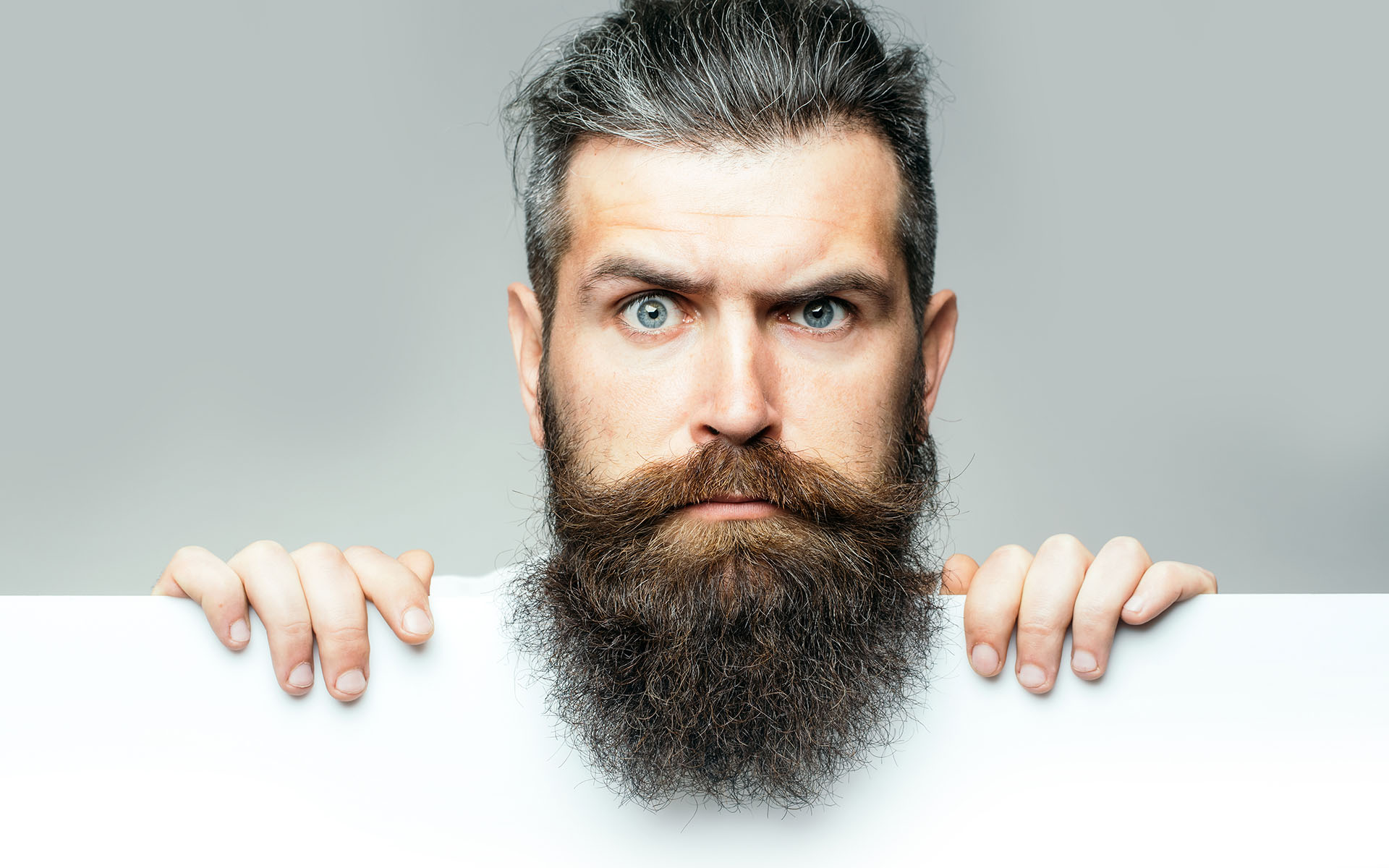
What is Beard Transplantation and How Is It Done?

Beard cultivation; It is the process of planting hair follicles obtained from the back of the hair, if there is enough hair follicles, or from another suitable part of the body. As with hair transplantation, beard transplantation is performed under local anesthesia. The amount of grafts deemed appropriate by the physician is transplanted into the beardless area. Beard transplantation procedures are similar to hair transplantation and proceed by applying the same rules.
What are the Stages of Beard Transplantation?
We can consider beard transplantation as a hair transplantation procedure. The stages will therefore be similar;
- Preliminary examination before beard transplantation
- Blood collection to be used in tests required for beard transplantation
- Determining the number of grafts required for the area to be transplanted by calculating
- Painless application of local anesthesia
- Collection of hair follicles from the donor area
- Appropriate planting of the collected grafts to the needed area
The most important point in beard transplantation is the correct preservation of the hair follicles collected from the donor area, as in hair transplantation. It is important to ensure the survival of the hair follicles and to plant them as quickly as possible.
You can get the look of your dreams by determining your beard design together with your doctor while having your beard transplant.
Stages After Beard Transplantation and Things to Consider
After performing the beard transplant, your beard will recover rapidly with the necessary supportive treatments. After sowing, the following stages take place respectively;
- Redness and crusting on the skin: Although redness and crusting after beard transplantation is not a serious condition, it heals quickly. The redness of the hair follicles that occur after beard transplantation develops depending on the transplantation method applied and heals without any intervention. The reason for crusting occurs as a result of planting the hair follicles in the form of holes and is not a complication that should be worried about. In order for these complications in the skin to heal quickly and for the hair follicles to hold securely, physical contact with the transplanted area should be reduced. The crusting will disappear after the 3rd day and the redness will heal along with it.
- Healing process: The recovery process after beard transplantation takes a little longer than hair transplantation because the face area is a much more sensitive area. It is important that you rest for the first 3 days after beard transplantation. In addition, stopping the use of alcohol and cigarettes for the first 3 days will speed up your recovery process. You should stay away from activities that will cause you to sweat, because if sweating occurs, hair follicles cannot hold and grow properly. In the healing process, shedding is observed after beard transplantation and this is called the shock shedding phase. However, this is not something to panic. It is usually seen in the second week after planting and new hair will grow in place of the shed hair.
- Shaving after beard transplantation: The first wash after beard transplantation should be done within 2-4 days after the operation. Shaving can be done at the end of the 3-4 week period after planting. Until this stage, you can trim your beard by cutting it with scissors. You should not be too harsh when shaving your beard and you should not cut your beard too much for a while. Otherwise, you may damage the hair follicles that are not accustomed to the area yet. It will be your physician's decision to determine when you can fully shave.